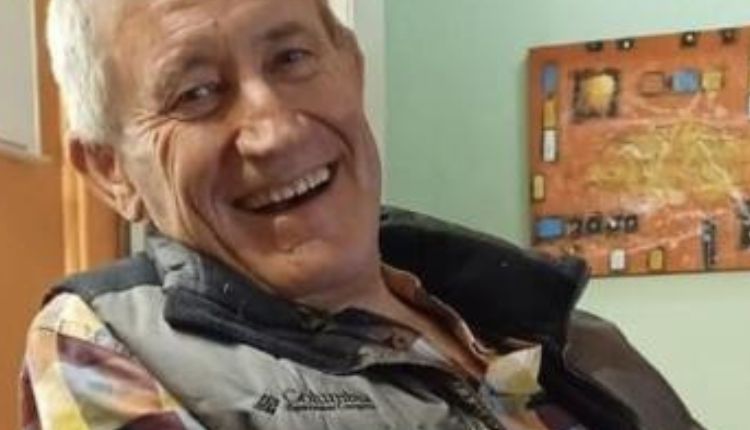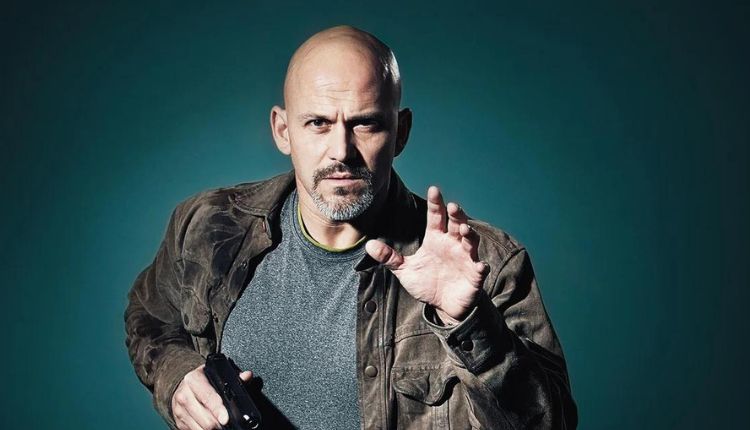Robert Pincus is one of the world’s leading biochemists, working with a broad range of topics from cancer and HIV to the biochemistry of disease. He has published over 300 papers and has received numerous honors and awards for his work. This article will give you an overview of his career and his research interests. You will learn how he got started in the field of chemistry, and the areas in which he specializes.
Career
Robert Pincus is an art historian, writer and critic. He has been inducted into the Super Doctors Hall of Fame. His career has ranged from advising clients on corporate matters to teaching at the University of San Diego.
When he was a high school teenager, Pincus developed a passion for literature. At the time, his family was living in the Westwood area of Los Angeles. One of his English teachers introduced him to the concept of “voice” in literature. Another teacher encouraged him to write for a literary magazine. It was in this writing that Pincus discovered his voice.
While pursuing his undergraduate degree, Pincus studied art history at the University of Southern California. After graduating from the university, he pursued his Juris Doctor at the American University Washington College of Law.
In addition to his studies, Pincus worked as an associate editor of Artforum. He is also a member of the Association of Physicians for Social Responsibility and the Association of Otolaryngologists – Head and Neck Surgery.
Awards and Honors
As a physician, Robert Pincus is very knowledgeable about his field. He is conscientious and very professional. He works one evening per week at a public mental health clinic. Dr. Pincus has served in many committees and has published hundreds of scientific articles. His interests include the interaction of clouds and radiation in models at various scales, the representation of clouds in global models, and the use of observations to develop process-level understanding.
Previously, he was the director of the national program Depression in Primary Care from the Robert Wood Johnson Foundation. Additionally, he served as vice chair of the Task Force on DSM-IV, and co-chaired the Measurement Applications Partnership under the US Affordable Care Act. In addition, he is a member of the Hierarchical Taxonomy of Psychopathology Consortium, and is a Fellow of the Society for Personality Assessment.
Throughout his career, he has advised clients on a variety of legal matters, including mergers and acquisitions, corporate governance, and private equity investments. He has been named to Best Lawyers in America, and is included in Chambers USA.
Research Interests
One of the most interesting parts of my job is the research that I get to do. My favorite topics include ionization and condensation. I like to study the physics that govern these processes, including their interplay with other components of the Earth system. These include aerosols, water vapor, and clouds, as well as their interactions with other elements. For example, if we combine convection and condensation, we can model the properties of the cloud and the interactions amongst them.
As a researcher, I’ve also been fortunate enough to study the best ways to measure this information. I’ve been lucky to work with a number of talented individuals, including Dr. Michael Mann. They have collaborated on numerous projects, ranging from the International Satellite Cloud Climatology Project to a nifty little device called a Moderate-Resolution Imaging Spectroradiometer.
The most notable of the team’s findings is that there is a link between the relative humidity in the air and the strength of the clouds that are pumped into it. It’s an interesting and challenging question that we are only now beginning to address.
Writings
Robert Pincus, a contemporary art scholar, critic, and educator, is one of the most prominent figures in the field. He earned his doctorate in arts from the University of Chicago in 1968. Besides his position as professor at City University of New York, he also has a number of published works.
During the mid-1960s, a wave of artists began to expand beyond the Minimalist movement. In this period, some artists embraced the new medium of the digital age and other artists experimented with new aesthetics. However, some of these artists, like Roger Fry and Eva Hesse, died before the end of the decade.
Although Postminimalism was widely embraced in the late sixties, there were also doubts. While some writers, like Roger Fry, promised to bring the conversation to a wider and more substantive level, others, like Robert Pincus, were more hesitant.
The Bottom Lines
For Robert Pincus, doubt was an important tool in his critical arsenal. He believed that the role of the critic was to highlight the dynamic intervals in an artist’s work. Unlike other critics, he was not willing to abandon the qualitative standards. Instead, he drew on a wide range of historical and biographical perspectives to contextualize his work.


